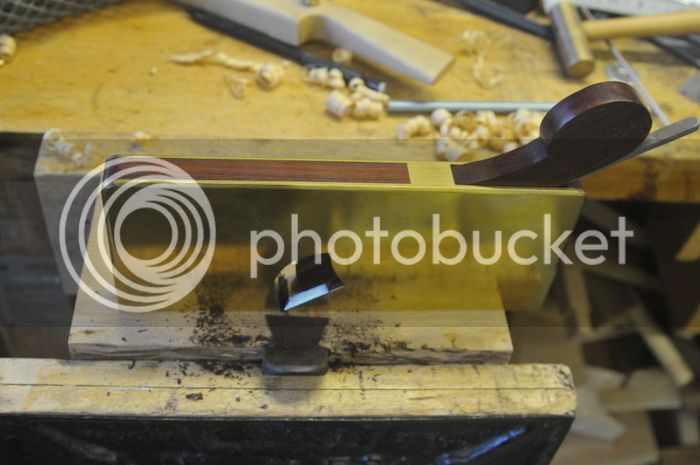J_SAMa
Established Member
Hi all,
So I've got some money to spend, on a tool for fine tuning mortises and tenons.
3 options I have in mind:
Rabbet block plane (which can be used by a shoulder plane too?). Also rabbeting drawers and cabinets. Probably going to buy the QS one
Router plane, just for cleaning cheeks, and for grooves and dadoes. Vintage Stanley/Record or a modern woodie (cheaper than metal ones).
Shoulder plane. I'm not sure if they are good for tuning up cheeks... Any opinion on this? Also, vintage or modern woodie.
Which one should be the "top priority"?
More questions on wooden shoulder planes:
Are these wooden "rabbet planes" used as shoulder planes too?
http://www.fine-tools.com/sims.htm
What are the differences between rabbet plane and shoulder planes? Angle of attack? Can I use a rabbet plane as a shoulder plane (or vice versa)?
Sam
BTW I just realized this is the beginning of my second year on the forums
So I've got some money to spend, on a tool for fine tuning mortises and tenons.
3 options I have in mind:
Rabbet block plane (which can be used by a shoulder plane too?). Also rabbeting drawers and cabinets. Probably going to buy the QS one
Router plane, just for cleaning cheeks, and for grooves and dadoes. Vintage Stanley/Record or a modern woodie (cheaper than metal ones).
Shoulder plane. I'm not sure if they are good for tuning up cheeks... Any opinion on this? Also, vintage or modern woodie.
Which one should be the "top priority"?
More questions on wooden shoulder planes:
Are these wooden "rabbet planes" used as shoulder planes too?
http://www.fine-tools.com/sims.htm
What are the differences between rabbet plane and shoulder planes? Angle of attack? Can I use a rabbet plane as a shoulder plane (or vice versa)?
Sam
BTW I just realized this is the beginning of my second year on the forums


































